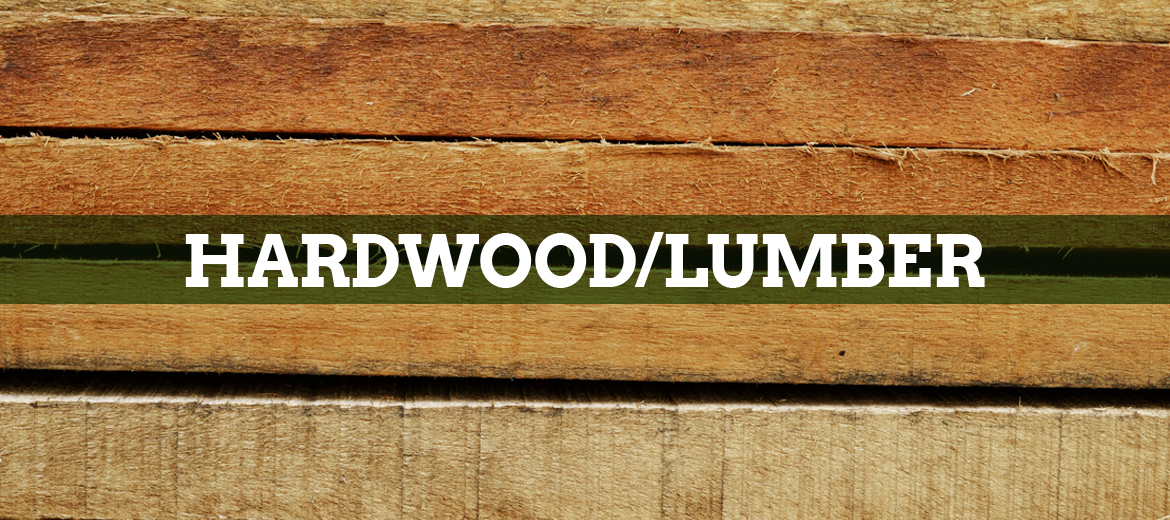
Botanical Name
Picea sitchensis
Other Common Names
Silver spruce, Tideland spruce, Coast spruce, Menzies spruce, Yellow spruce
Region
Northwest coast of United States and west coast of Canada
The Tree
Sitka spruce trees normally reach heights of 160 feet, with diameters of 5 feet. A record tree was recorded to be 216 feet tall, with a diameter of 16.7 feet.
Appearance
The sapwood of Sitka spruce is a creamy white to light yellow, while the heartwood is pinkish yellow to brown. It may be 3 to 6 inches wide or even wider in young trees. The wood has a fine, uniform texture and generally has a straight grain.
Properties
On the basis of weight, it rates high in strength properties and can be obtained in clear, straight-grained pieces. It has moderately small shrinkage. It is not difficult to kiln-dry and can be worked easily (when free of knots). It has a low resistance to decay and is resistant to preservation treatments under pressure, but can be treated by a water diffusion process. Thin panels of Sitka spruce are highly resonant, making them desirable for piano sounding boards.
Working Properties
Sitka spruce is easily worked if free of knots. It glues, nails, screws, sands and finishes well.
Uses
Lumber, pulpwood, sounding boards for high quality pianos, guitar faces, ladders, components for experimental light aircraft, oars, planking, masts and spars for boats, and turbine blades.
Availability
Some material from this species is reported to be available from sustainably managed or other environmentally responsible sources.